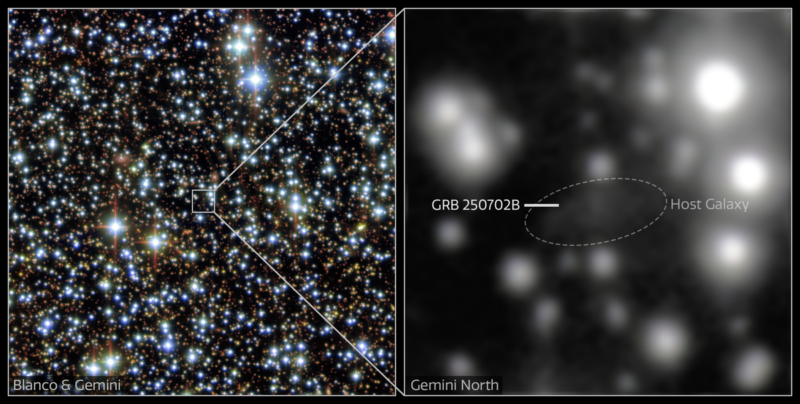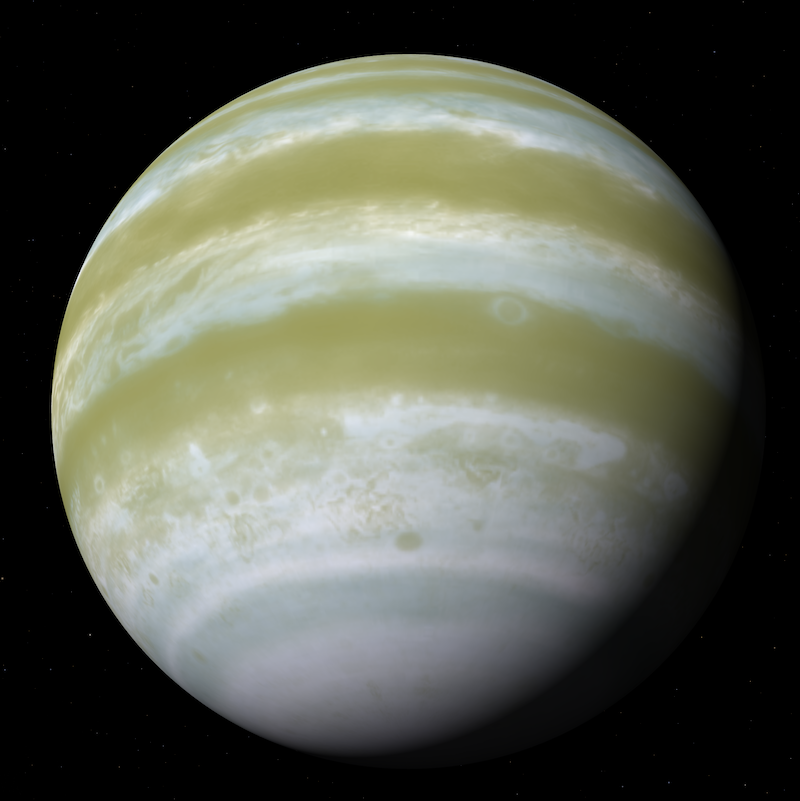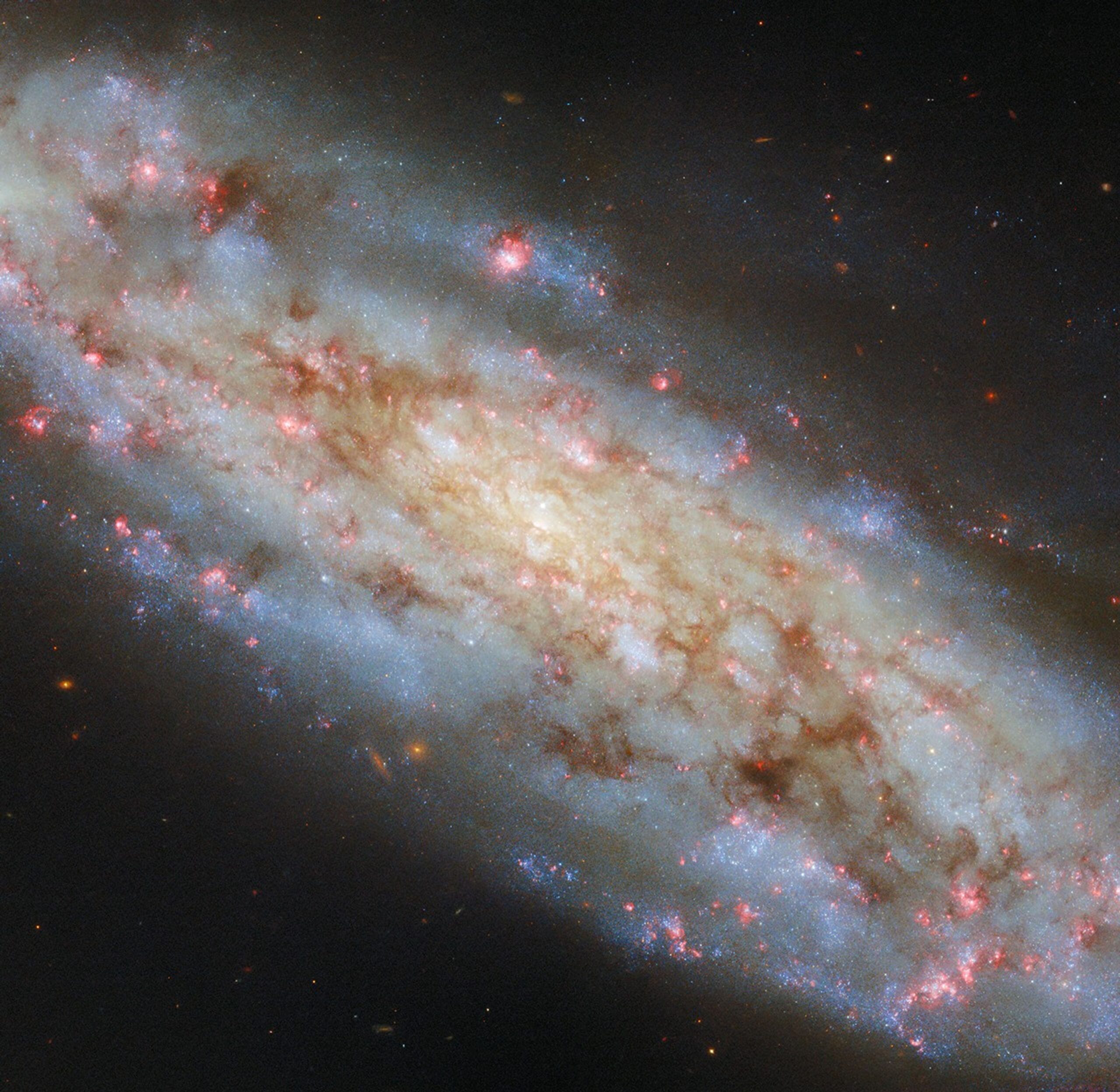Now Reading: Can Dyson spheres be stable? New research says yes
-
01
Can Dyson spheres be stable? New research says yes
Can Dyson spheres be stable? New research says yes
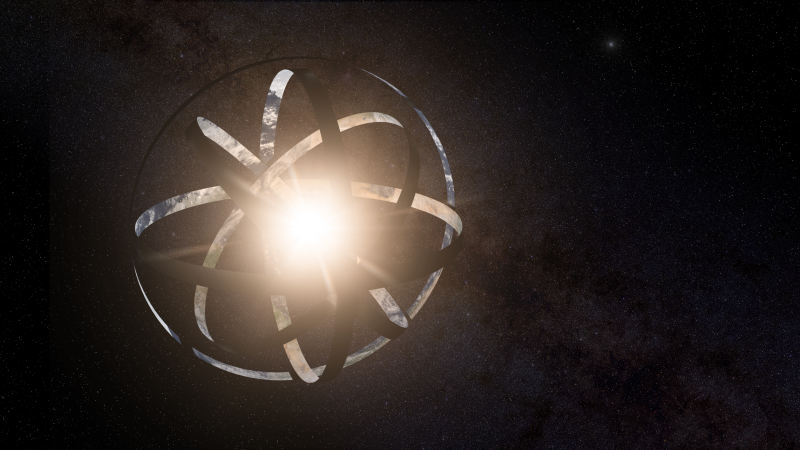
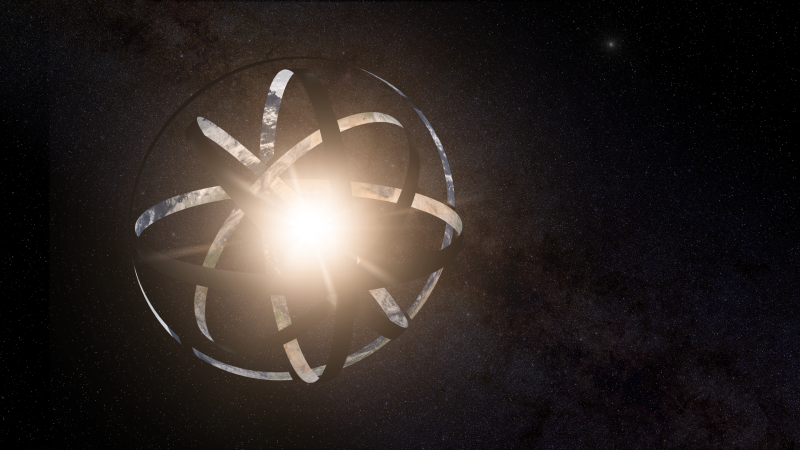
Science matters. Wonder matters. You matter. Join our 2025 Donation Campaign today.
Dyson spheres in 2-star systems
How would advanced alien civilizations power their massive technological needs? Astronomer Freeman J. Dyson proposed the idea of orbiting solar collectors to harvest the energy of a star. This Dyson sphere, as it came to be known, has become a popular device in science fiction. But Dyson spheres have a fatal flaw; they are unstable against gravitational forces and would eventually get torn apart. But new research by professor of engineering science Colin R. McInnes of the University of Glasgow says such structures can be stable in a two-star system.
Dyson spheres may seem like a science-fiction fantasy. In fact, science fiction writer Larry Niven has created a whole world out of his version of a Dyson sphere, called Ringworld. But scientists are already searching for them. Researchers recently completed a study of some 5 million stars and found 60 candidates for Dyson spheres.
Yet the reality is gravity would collapse such structures around a star, just as James Clerk Maxwell demonstrated in 1856 that Saturn cannot host a solid ring without it crumbling to pieces due to their gravitational interactions.
But now, McInnes discovered that if a two-star system had a ring around the less massive star, such a sphere or ring could be stable. McInnes published his research on January 29, 2025, in the peer-reviewed journal Monthly Notices of the Royal Astronomical Society.
Parameters for a structure in a 2-star system
McInnes looked at where a structure could be stable around a two-star system. A huge sphere around both stars was not stable enough, like that of a sphere around a single star. But if the two-star system has one star much less massive than the other, the less massive star can host the Dyson sphere or ringworld. While the mass of the Dyson sphere itself would have to be fairly low, McInnes said the structure could be a range of sizes, or radii distant from the star.
McInnes also speculated that a Dyson sphere could exist not just in a system with a large and small star, but on a much smaller scale. He said a sunlike star with a brown dwarf – an object larger than Jupiter considered a “failed star” – could also host a sphere or ring. McInnes said in his paper:
A solar mass object with, for example, a planetary mass brown dwarf partner could, in principle, possess a small enough mass ratio for ring stability.
And McInnes said they could go even smaller:
Moreover, stable artificial rings can in principle be envisaged in star–exoplanet or exoplanet–exomoon systems.

The search for extraterrestrial intelligence
Astronomers have already started searching for Dyson spheres. Such megastructures could provide so-called technosignatures – signs of technology – of advanced alien life. Presumably some of the energy harvested from stars would get re-emitted as heat. So, astronomers look for this heat as infrared radiation. And now, it appears that we should be looking specifically at binary star systems. McInnes said:
A strong infra-red excess observed from one member of a binary star system … could in principle support the existence of a Dyson sphere.
Bottom line: A new study says that Dyson spheres – and, similarly, ringworlds – could be stable in a two-star system.
Source: Ringworlds and Dyson spheres can be stable
Read more: Astronomers find 60 Dyson sphere candidates, among millions of searched stars
The post Can Dyson spheres be stable? New research says yes first appeared on EarthSky.
Stay Informed With the Latest & Most Important News
Previous Post
Next Post
-
 012024 in Review: Highlights from NASA in Silicon Valley
012024 in Review: Highlights from NASA in Silicon Valley -
 02Panasonic Leica Summilux DG 15mm f/1.7 ASPH review
02Panasonic Leica Summilux DG 15mm f/1.7 ASPH review -
 03From Polymerization-Enabled Folding and Assembly to Chemical Evolution: Key Processes for Emergence of Functional Polymers in the Origin of Life
03From Polymerization-Enabled Folding and Assembly to Chemical Evolution: Key Processes for Emergence of Functional Polymers in the Origin of Life -
 04How New NASA, India Earth Satellite NISAR Will See Earth
04How New NASA, India Earth Satellite NISAR Will See Earth -
 05And Thus Begins A New Year For Life On Earth
05And Thus Begins A New Year For Life On Earth -
 06Astronomy Activation Ambassadors: A New Era
06Astronomy Activation Ambassadors: A New Era -
07SpaceX launch surge helps set new global launch record in 2024













